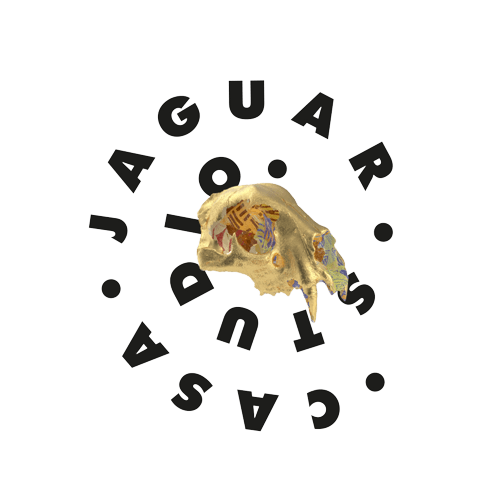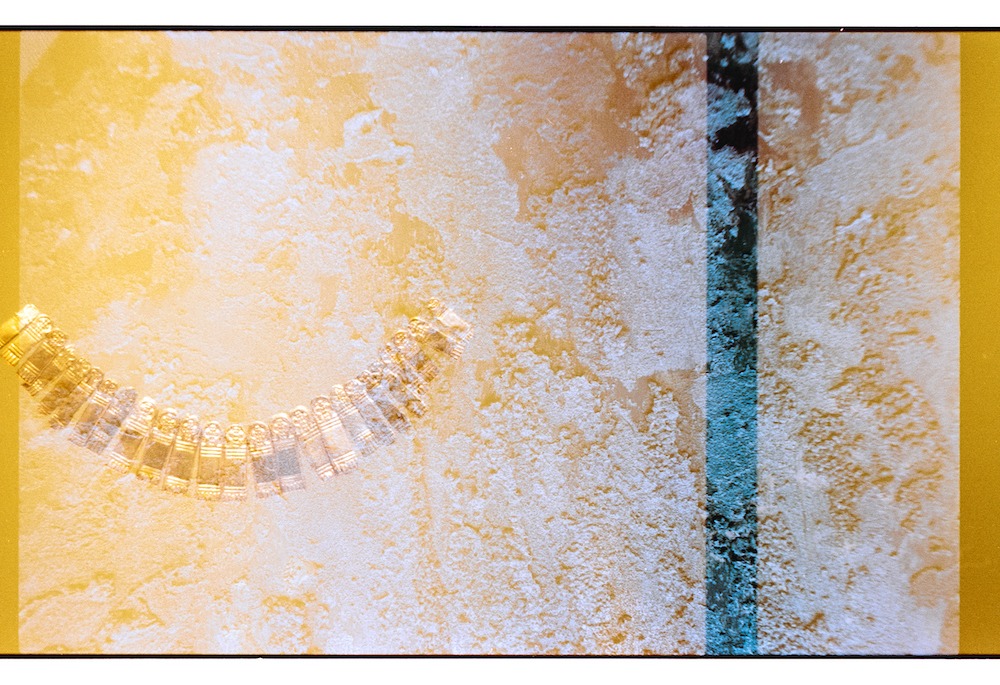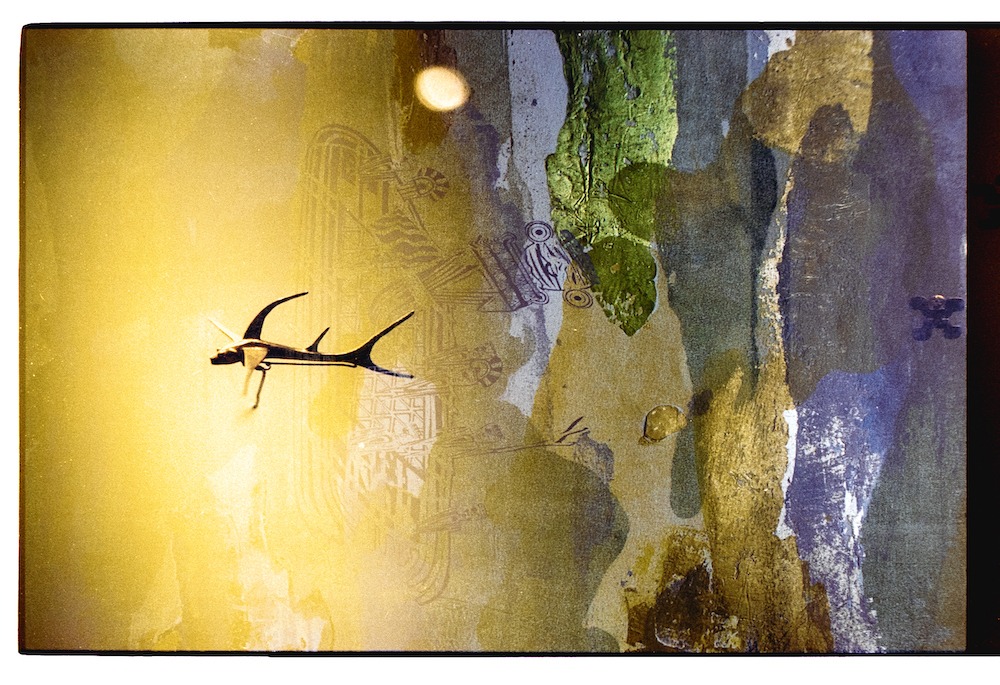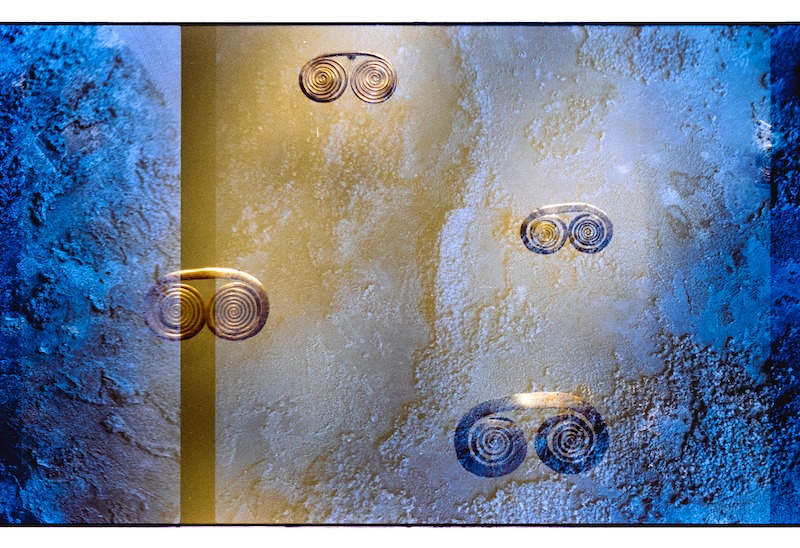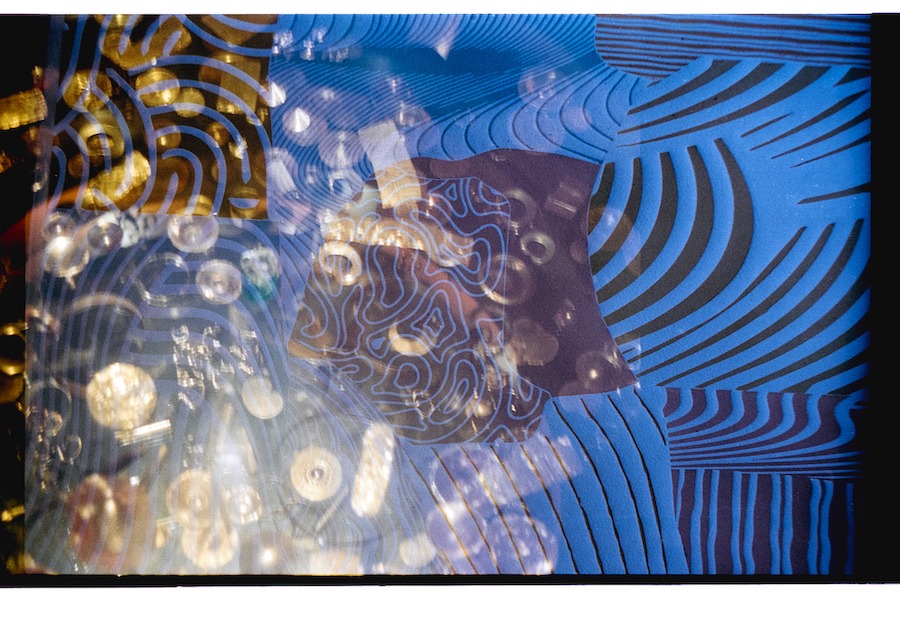Gran parte del oro que llegó a Europa desde las Américas fue desenterrado de antiguos sepulcros indígenas, las guacas. Las piezas que no fueron derretidas en lingotes se fueron a colecciones privadas que son preservadas hoy en museos.
Muchas guacas eran adoradas como si encerraran alguna deidad y estaban enterradas por todo el continente: desde la selva del Darién en Panamá hasta el Río de la Plata en Argentina. En los Andes de Colombia, se sabe que en las noches del jueves y viernes santo “las guacas alumbran” y el oro enterrado en ellas se deja ver.
Las guacas tienen un misterio pues proveen suerte o muerte. Las personas en los Andes colombianos dicen que el oro está vivo: se mueve por debajo de la tierra cuando no quiere ser encontrado, crece con el agua y emana un “vaho” que “pica” al que lo toque sin protección.
//
Much of the gold that came to Europe from the Americas was unearthed from ancient indigenous burial sites, the guacas. The pieces that were not melted into ingots went to private collections that are preserved today in museums.
Many guacas were worshipped as enclosing a deity and were buried all over the continent: from the Darien jungle in Panama to the Rio de la Plata in Argentina. In the Andes of Colombia, it is known that on the nights of Holy Thursday and Good Friday “the guacas light up” and the gold buried in them can be seen.
Guacas have a mystery because they provide luck or death. People in the Colombian Andes say that the gold is alive: it moves under the earth when it does not want to be found, it grows with water and emanates a “mist” that “stings” anyone who touches it without protection.
